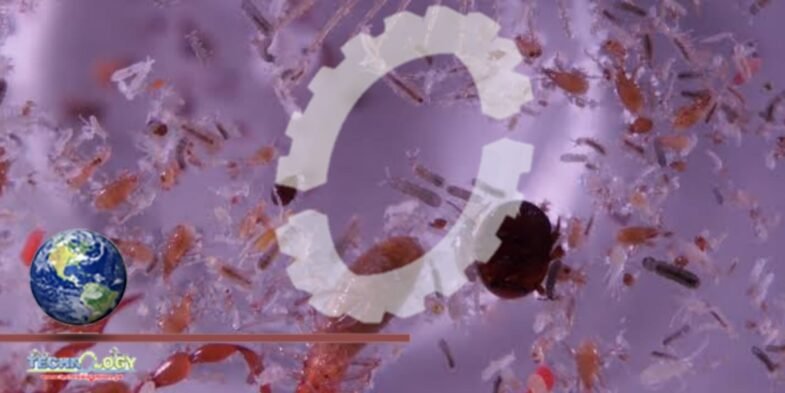Springtail are those small hexapod invertebrates that are known to spring at the hint of foreign movement, thus acquiring their unique name. Though they form an active part of the soil food web by occupying lower trophic levels, little is known about their feeding habits. Usually, the feeding habits of soil mesofauna are deeply associated with litter decomposition, and, by extension, with terrestrial carbon cycling. Thus, exploration into the feeding habits and preferences of these minute creatures is essential.

However, this kind of research is challenging. Firstly, tiny springtails, which live in the soil matrix, are extremely difficult to observe and study. Secondly, isolating springtail species from the rest of the diverse soil organisms is equally cumbersome. Finally, achieving a sizeable dry mass of springtails for subsequent chemical analysis is also quite challenging.
Despite all these difficulties, a group of soil ecologists from Japan were able to apply a radically new method to determine the feeding habits of springtails. The study led by Dr. Saori Fujii, who is a senior researcher at Forestry and Forest Products Research Institute, Tsukuba, employed radiocarbon analysis, which involved the use of carbon-14 (14C), to determine the diet age of isolated springtails. The group’s findings have been published as a research article in Biology Letters.
Speaking about the motivation behind their research, Dr. Fujii explains, “Springtails belong to the group of soil invertebrates that play fundamental roles in litter decomposition by consuming litter and microorganisms. They have important roles in the soil food web as potential preys and determine nutrient and carbon cycling in terrestrial ecosystems. Accurately assessing their diets, which is the source of carbon for most soil animals, is essential to pinpoint their functions in ecosystems. We thus went to great lengths to identify and capture springtails for the study.”
Accordingly, the group’s findings confirmed that springtails’ diet is not as ‘black-and-white’. Till date, springtails have been thought of as decomposers that depend mainly on detritus or dead organic matter. However, 14C analysis in this study showed that the food springtails consume is ‘younger’ than any litter. This indicates that springtails rely more on living plants than litter for food. Further, some springtail predators exhibited a younger carbon age than the litter, indicating a non-negligible effect of the feeding habits of the preyed-upon collembolans on the entire soil food web. Interestingly, however, stable 15N isotope values suggested that edaphic species of springtails generally feed on mycorrhizae (fungal association on roots of some plants) to obtain root-derived carbon, rather than directly from the roots.
In this regard, Dr. Takashi Haraguchi, who is also one of the lead researchers of this study, and is affiliated with Biodiversity Research Center, RIEAF-Osaka, says, “From the springtails’ example, we figured out that the soil food web does not necessarily function as a ‘brown’ food web, derived solely from detritus.”
Overall, the researchers agree that apart from identifying a novel method to determine feeding habits of enigmatic soil invertebrates springtail , the study also helps to decipher the black box related to the hidden biodiversity and functional differentiation of organisms involved in litter decomposition.
As Dr. Ichiro Tayasu of the Research Institute for Humanity and Nature, a co-author of the study, concludes, “Our study also provides important clues regarding what determines carbon sequestration and emission, with respect to the soil food webs.”
This study provides a much-needed unconventional tool to unravel the intricacies of the warp and weft of food webs in nature and digs deeper into the mysterious lives of the denizens of the deep.
Source: phys.org
